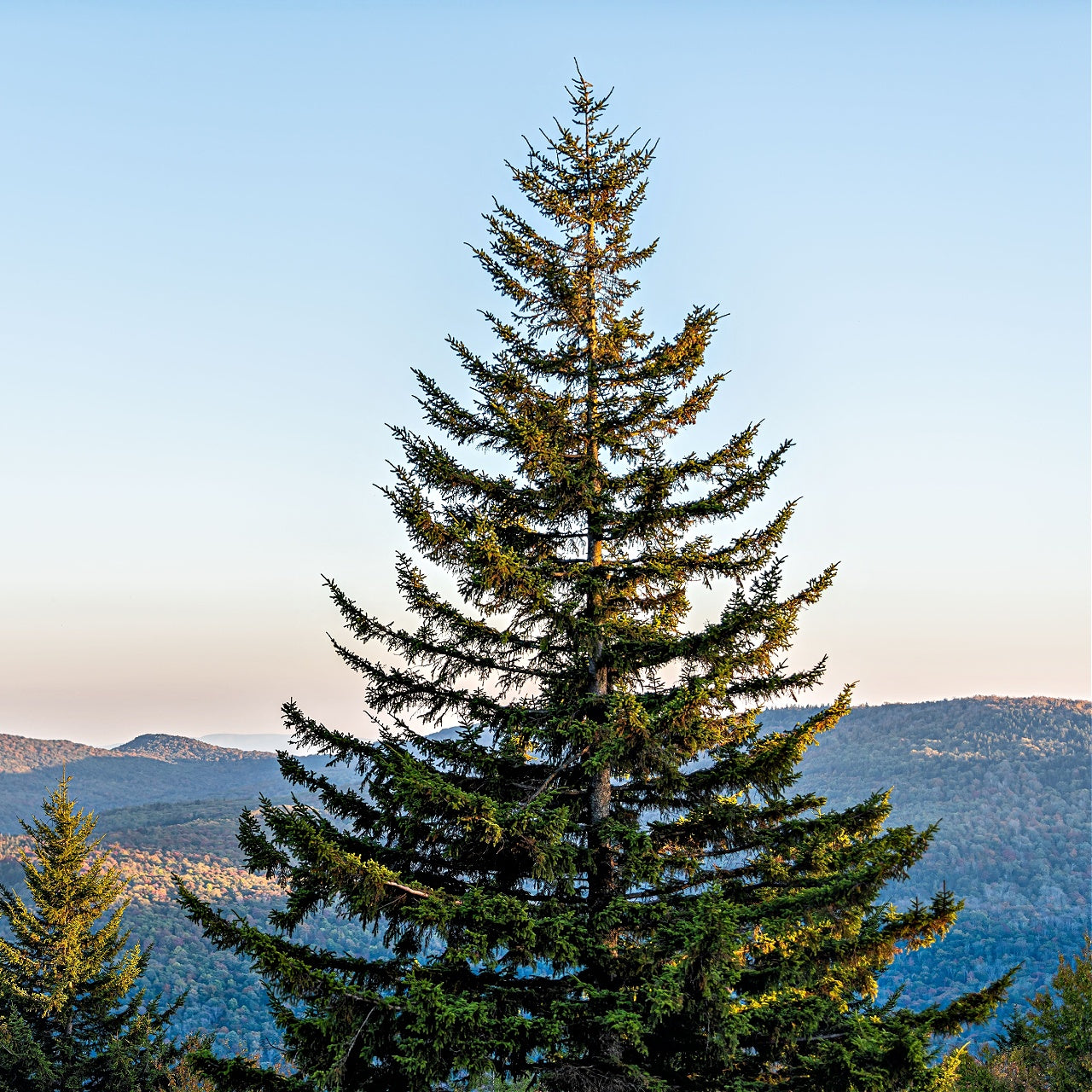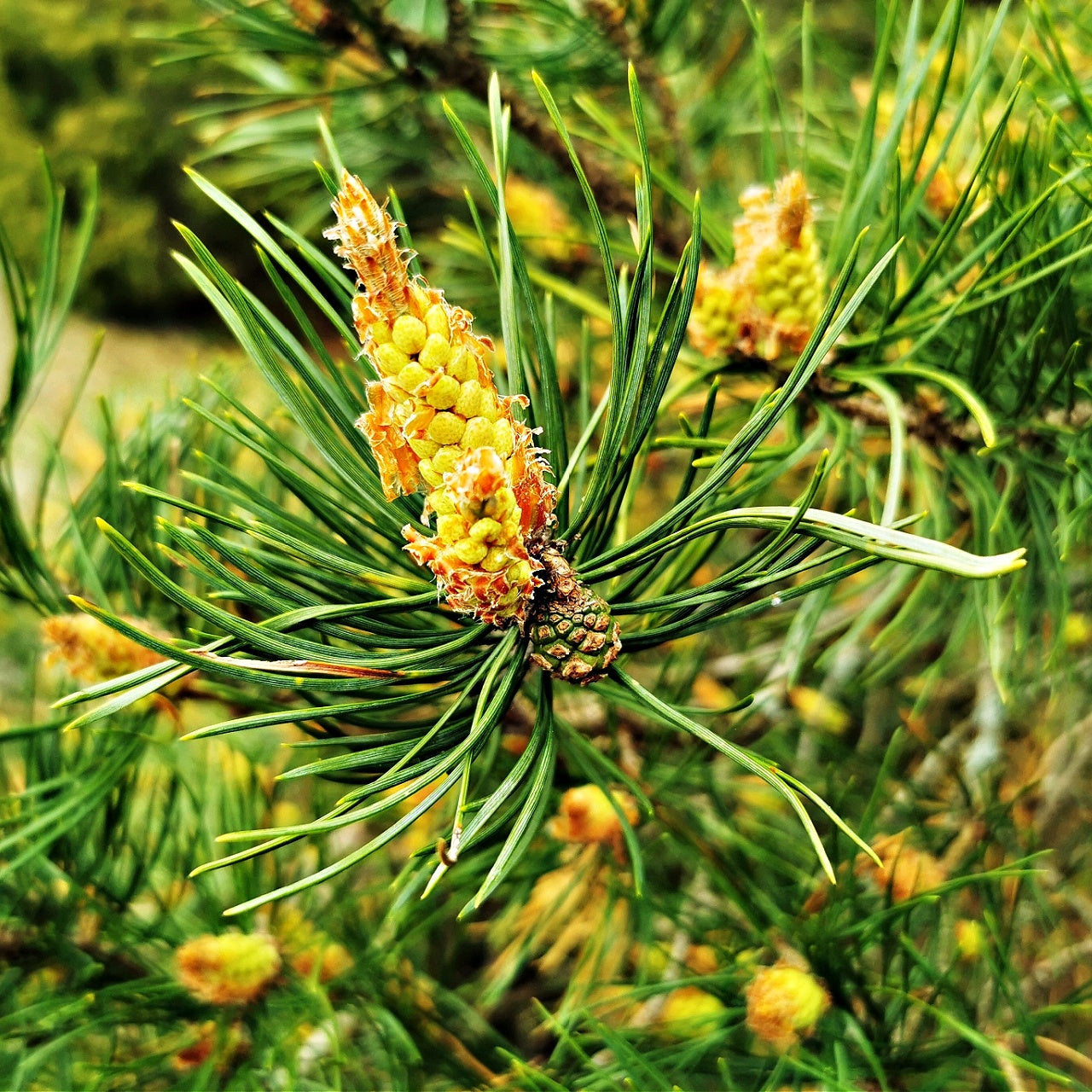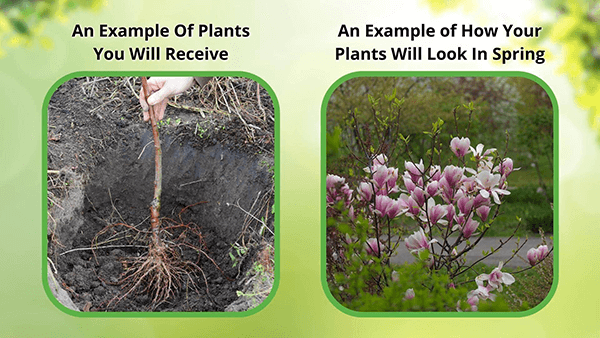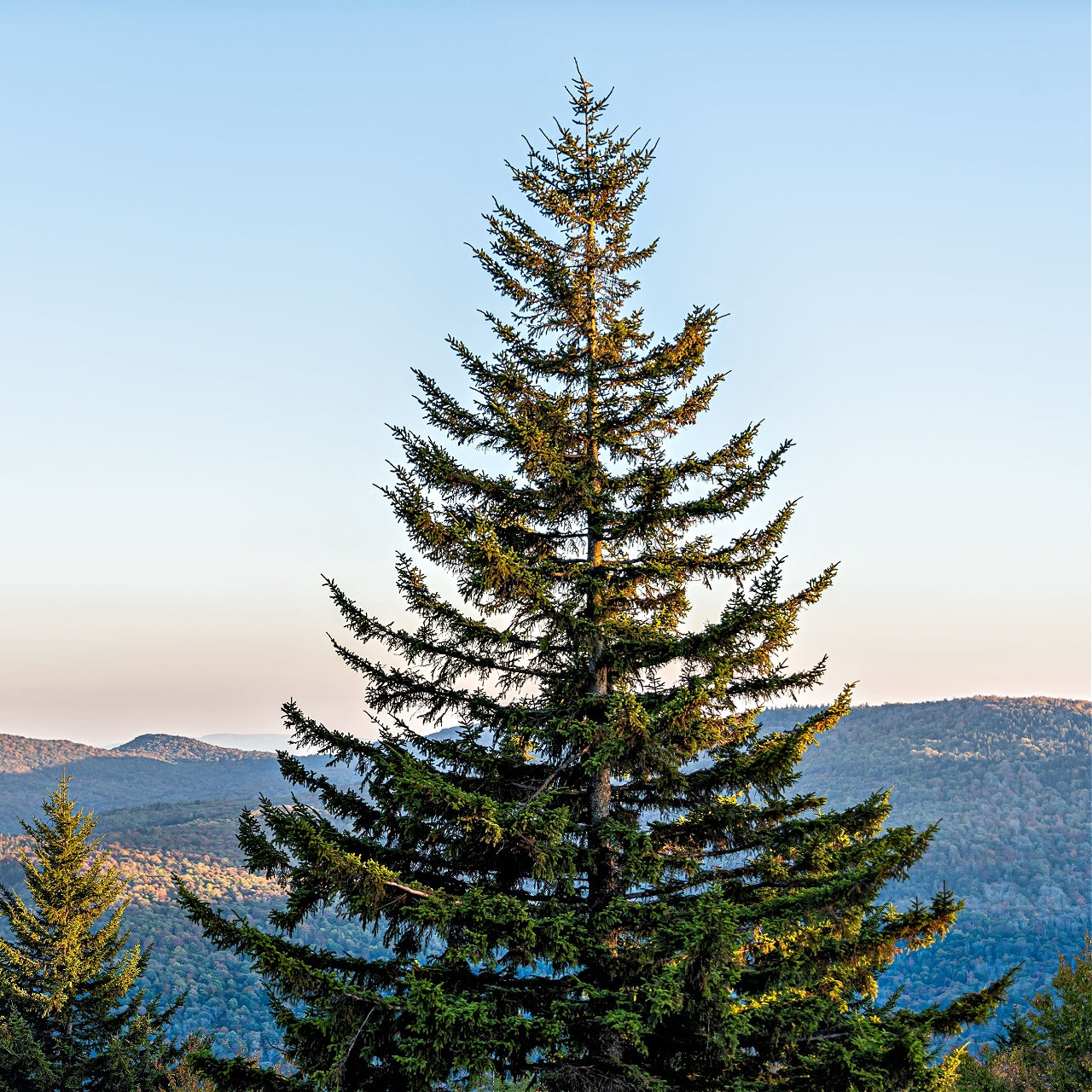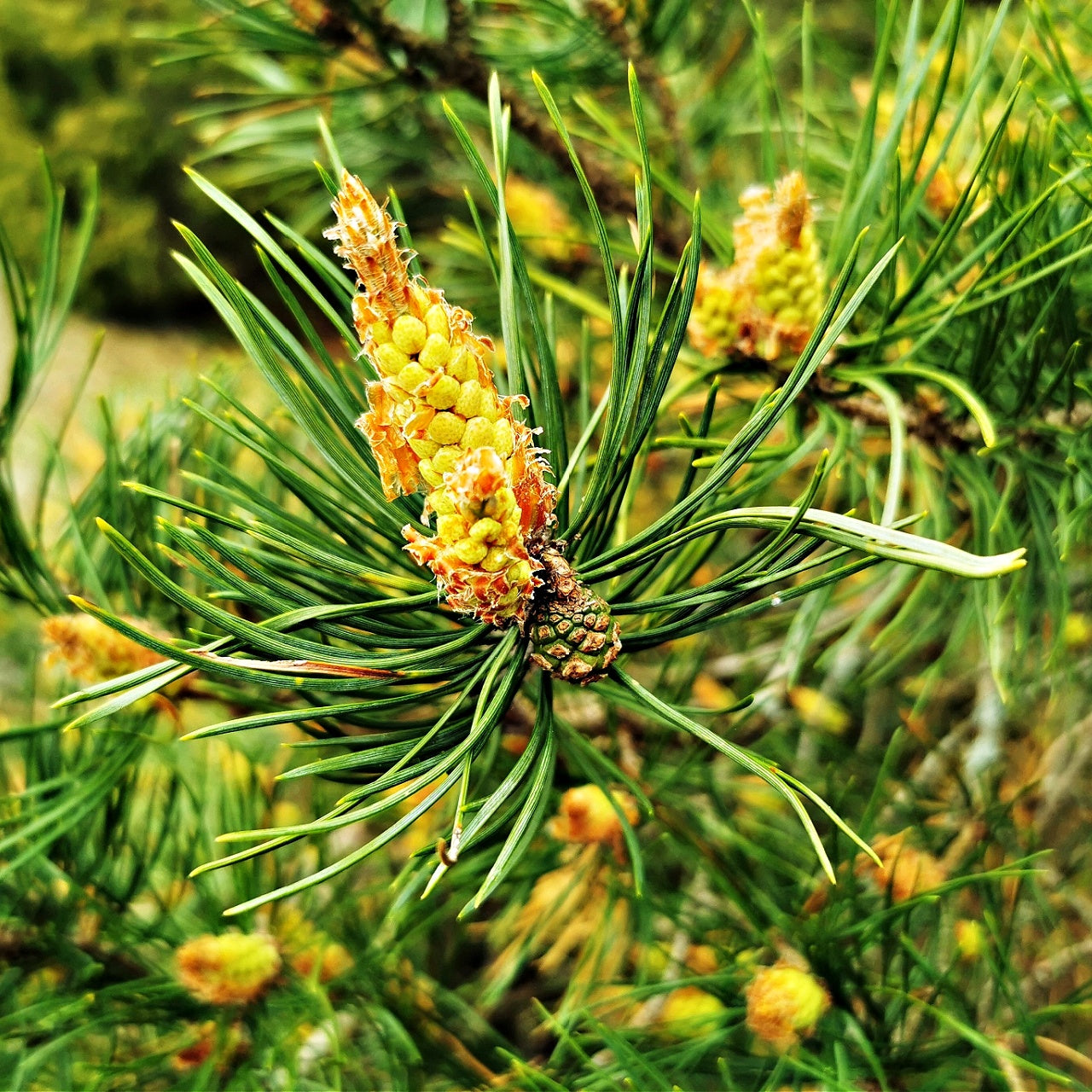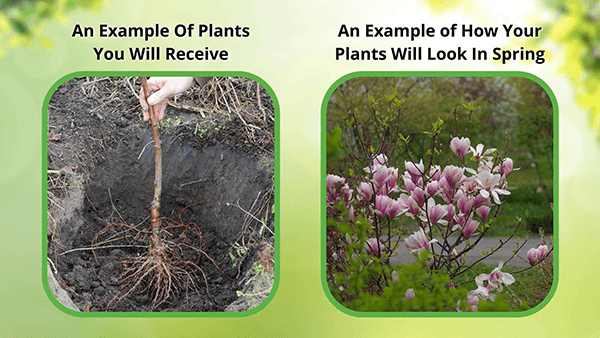Virginia Pine Trees
This plant ships:
November 2025Couldn't load pickup availability
We do not ship this plant to the following states:
MT. AL. CT. HI. UT. WI. TX. NC. MS. MN. MI. KSExposure
Full SunHeight at Maturity
Over 25 FeetUsage
LandscapingShipped As
Bare-rootShips
Ships 7-10 DaysPlanting Zones
4-8Virginia Pine Trees Also known as Pinus virginiana
Virginia Pine trees are relatively easy to care for and provide years of shade, wind protection, and improved air quality.
Utilizing Virginia Pine Trees
This North American tree species is versatile and can be used as a Christmas tree or for landscaping. When planting seedlings for landscaping, several factors ensure the best results.
The Pine Is An Abundant Tree
Virginia Pine is found across the Eastern and Southern United States, from New York to Alabama. Its steady growth and 90-year lifespan make it a sustainable option for reforestation projects.
Growth
While pine is a softwood, maple is a hardwood. Both are used for lumber, but pine is abundant and affordable for artistic softwood designs, featuring dark brown and burgundy bark. Virginia Pines grow 15 to 40 feet tall, shorter than some other pines that reach up to 130 feet.
Uses
The pyramid shape makes them popular as Christmas trees, though pruning helps achieve even symmetry. Dark green needle-like leaves enhance their year-round appeal. They grow in various soil types and are common in American forests.
Wildlife Benefits
The cones provide seeds for birds, which can last up to five years on the tree. Seeds from fallen cones naturally propagate new trees in the forest. The best time to collect seeds is late summer or early fall. Planted properly with adequate light and water, Virginia Pines grow 1-2 feet per year, eventually offering shade and cooling effects.
Conclusion
Virginia Pine Trees are an abundant, sustainable natural resource. They add energy to gardens, attract birds and butterflies, and provide evergreen beauty year-round.
Share
